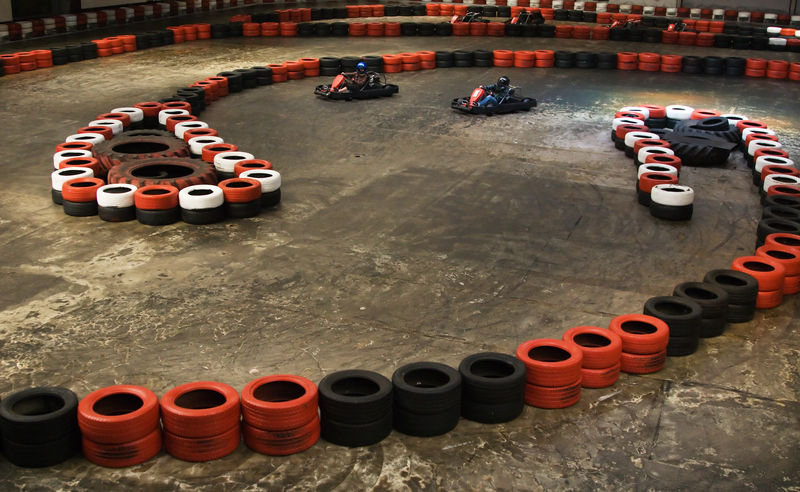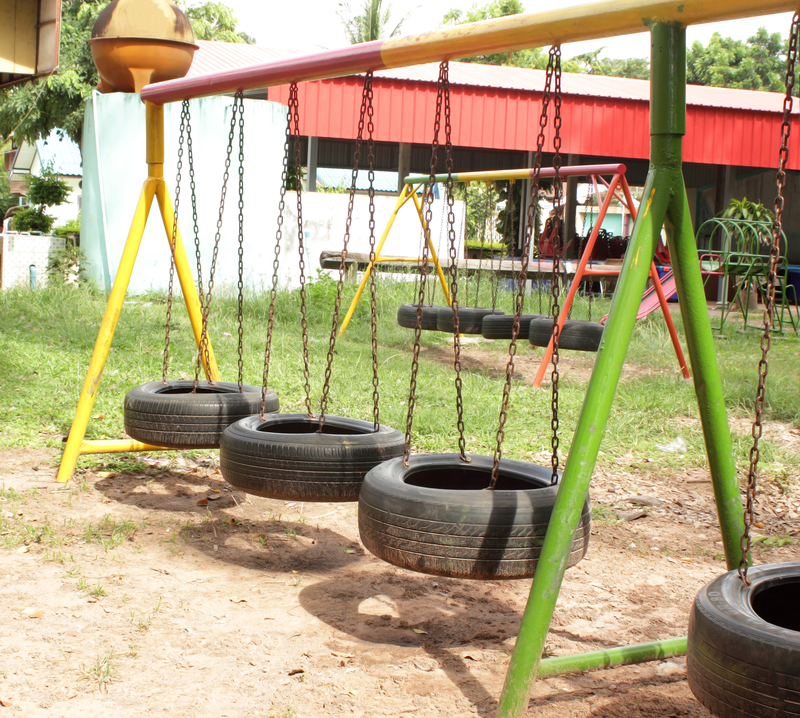What Happens to Recycled Pots and Pans: The Journey From Kitchen to New Life
Have you ever wondered what happens to recycled pots and pans after you drop them off at your local recycling center? Many households find themselves with old, damaged, or unwanted cookware, and knowing the fate of your recycled kitchen wares can help you make informed choices about disposal and eco-friendly living.
In this informative and comprehensive article, we'll delve deep into the fate of recycled pots and pans. We will trace their journey from your home to various processing facilities, uncover how they are sorted and treated, and reveal what new products may emerge from recycled metal. If you want to know how to recycle cookware and what to expect during the process, keep reading to gain valuable insights and tips!

Why Is It Important to Recycle Pots and Pans?
Before understanding what happens to recycled cookware, let's talk about why recycling pots and pans matters:
- Preserves Natural Resources: Recycling metal cookware minimizes the need for mining new ores, conserving natural resources and reducing environmental impact.
- Reduces Landfill Waste: Many pots, pans, and baking trays are made of metal that doesn't decompose. Sending them to landfill means they will remain there for centuries.
- Supports Circular Economy: Recycled metals can be melted down and repurposed to make new products, fostering a sustainable, circular economy.
- Lowers Carbon Footprint: Producing new metal cookware from recycled materials greatly reduces energy consumption and carbon emissions.
By recycling old cookware, you play a crucial role in environmental stewardship and resource conservation.
What Types of Pots and Pans Can Be Recycled?
Not all cookware is created equal, and not all can be recycled through curbside pickup. To understand what happens to recycled pots and pans, it's essential to know which types are accepted:
Common Recyclable Cookware Materials
- Aluminum: Many frying pans and bakeware are made from aluminum, which is highly recyclable.
- Stainless Steel: This material is valued by recyclers for its reusability and durability.
- Copper: While not as common, copper-bottomed pans can be recycled but may be separated for their high value.
- Cast Iron: Although bulky and heavy, cast iron can be recycled at many scrap metal facilities.
Non-Recyclable Cookware Types
- Nonstick pans with Teflon coating: The Teflon coating can hinder recyclability. These often must be disposed of differently unless the coating is fully removed or accepted by specific facilities.
- Ceramic or glass cookware: These items are typically not accepted by metal recyclers and should be handled through special recycling initiatives.
Contact your local recycling center for specific information on what types of cookware recycling options are available in your area.
How Are Pots and Pans Collected for Recycling?
If you're curious about the recycling process for cookware, it often begins at:
- Local recycling drop-off points: Some municipalities have designated spots for metal goods.
- Scrap metal yards: These facilities accept a wide array of metal items, including pots and pans of different materials.
- Special recycling events: Many cities organize periodic events where you can drop off hard-to-recycle items.
Some curbside programs accept small metal household goods, but you should always confirm first with your local authorities.
What Happens to Recycled Pots and Pans at Processing Facilities?
Step 1: Sorting and Separation
Once your old cookware arrives at a recycling or scrap metal facility, the first step is sorting:
- Magnetic screening: Facilities use magnets to separate ferrous metals (like cast iron and some steel pans) from non-ferrous metals (like aluminum and copper).
- Manual sorting: Workers or machines further sort pots, pans, and lids by material type, size, and sometimes by the presence of other materials.
- Contaminant removal: Plastic handles, silicone grips, or glass lids are often removed and disposed of or recycled separately.
Step 2: Shredding and Crushing
After the materials are sorted:
- Shredding: Large items are shredded or crushed into smaller pieces. This increases the surface area, making the next processing stages more efficient.
- Further sorting: Advanced facilities might use eddy currents, air jets, or flotation methods to separate remaining contaminants or differentiate between metals.
Step 3: Melting and Purification
The sorted and shredded metal pieces are sent to metal smelters:
- Melting: The metal is heated to extremely high temperatures (aluminum melts at around 660?C, iron at roughly 1,538?C) until it is liquefied.
- Purification: To ensure quality, the molten metal is filtered and possibly treated with chemicals or other processes to remove impurities.
- Alloy adjustment: Sometimes, additional elements are added to achieve specific metal properties for future use.
Step 4: Casting Into New Forms
Now purified, the recycled metal from pots and pans is cast into bars, ingots, or sheets, which are ready to be used in manufacturing:
- Aluminum ingots: Can be rolled, shaped, and further processed for automotive parts, packaging, and even new cookware.
- Steel billets: These form the basis for countless building materials, tools, and more.
- Copper bars: Used in electrical wiring, plumbing, and industrial machinery.
What Are Recycled Pots and Pans Turned Into?
So, after all this processing, what happens to cookware after recycling? The possibilities are nearly endless! Here are just some examples of their new lives:
- New Cookware: Some companies use recycled metals to produce pots, pans, and bakeware, closing the loop in a true circular economy.
- Building materials: Aluminum and steel from pans are used in beams, siding, rebar, and window frames.
- Vehicles and airplanes: Lightweight, recycled aluminum is prized for transportation industries.
- Electronics: Copper and specialty metals are found in wires, circuit boards, and gadgets.
- Packaging: Soda cans, foil, and other packaging materials may be made from your recycled kitchenware.
Recycled materials don't just re-enter the market as new pots and pans--they become critical components in diverse industries and products.
Can Nonstick or Coated Pans Be Recycled?
What happens to nonstick pans when recycled? Most standard recycling facilities cannot process nonstick cookware (like Teflon-coated pans) due to the chemical coatings. However, you still have environmentally responsible options:
- Remove the coating yourself: If feasible, you may sand or burn off the nonstick surface (using safety precautions), making the pan eligible for scrap metal recycling.
- Contact specialty recyclers: Certain centers accept Teflon-coated pans and process them using special methods, sometimes in partnership with cookware brands.
- Manufacturer take-back programs: Some companies offer recycling programs specifically for their products. Always check with the brand before tossing your coated pans.
Never place nonstick pans in curbside recycling bins unless explicitly instructed, as coatings can contaminate recycling streams.
Tips for Recycling Old Cookware Properly
If you want to ensure your pots and pans are recycled efficiently, keep these practical tips in mind:
- Clean thoroughly: Remove all food residue. Some facilities require cookware to be free of contaminants.
- Detach handles and lids: Remove plastic, wooden, or rubber handles and any glass lids, as these may not be recyclable with the metal pan.
- Check your local guidelines: Each city or town has their own rules, so verify which cookware is accepted and how it should be prepared.
- Consider donation or repurposing: If your cookware is still usable, donate it to a shelter, charity shop, or upcycle it for a creative project.
Alternative Ways to Dispose of Old Pots and Pans
- Donating: Give them to organizations that might need them, such as shelters, community centers, or friends and family starting out on their own.
- Upcycling: Repurpose old pots into plant containers, tool organizers, or decorative items--get creative and lessen waste!
- Artist material: Many artists appreciate scrap metal for sculptures or craft projects. Reach out to local artisans or schools.
When recycling is not possible, these alternatives extend the life of your old pots and pans, keeping them out of landfills a little longer.

Common Questions About Recycling Pots and Pans
Can I put pots and pans in the curbside recycling bin?
Generally, most curbside programs do not accept large metal items like pots, pans, or bakeware. They can jam machinery or contaminate single-stream recycling. Always check your local program's rules before disposing of cookware at the curb.
Do I need to remove the handles?
Yes, it's best to remove any non-metal handle before taking it to a recycling or scrap metal facility. Non-metal components must be sorted and recycled separately or disposed of as trash.
Can rusty or very old cookware be recycled?
Yes! Surface rust or age does not prevent metal from being recycled. All metal is melted down and purified during processing.
What if my cookware is part metal, part another material?
For items combining glass, ceramic, plastic, or wood with metal, it is ideal to separate components prior to recycling. Otherwise, some facilities may not accept mixed-material cookware.
Conclusion: The Sustainable Future of Cookware Recycling
Understanding what happens to recycled pots and pans provides insight into your personal impact on the environment and the resource economy. By properly recycling or repurposing your cookware, you're helping valuable metals avoid the landfill, reducing the need for virgin resources, and supporting a healthier planet.
From your kitchen cupboard to the recycling center and beyond, your old pots and pans can embark on a remarkable journey--deconstructed, melted, and reborn as something entirely new. Whether they return as another pan, a car part, or high-tech wiring, their usefulness never truly ends. Make recycling your cookware a habit and help close the loop on kitchen waste!
Did this guide answer your questions about recycling old pots and pans? Share your experiences or additional tips in the comments below and do your part for a greener, cleaner kitchen and world!